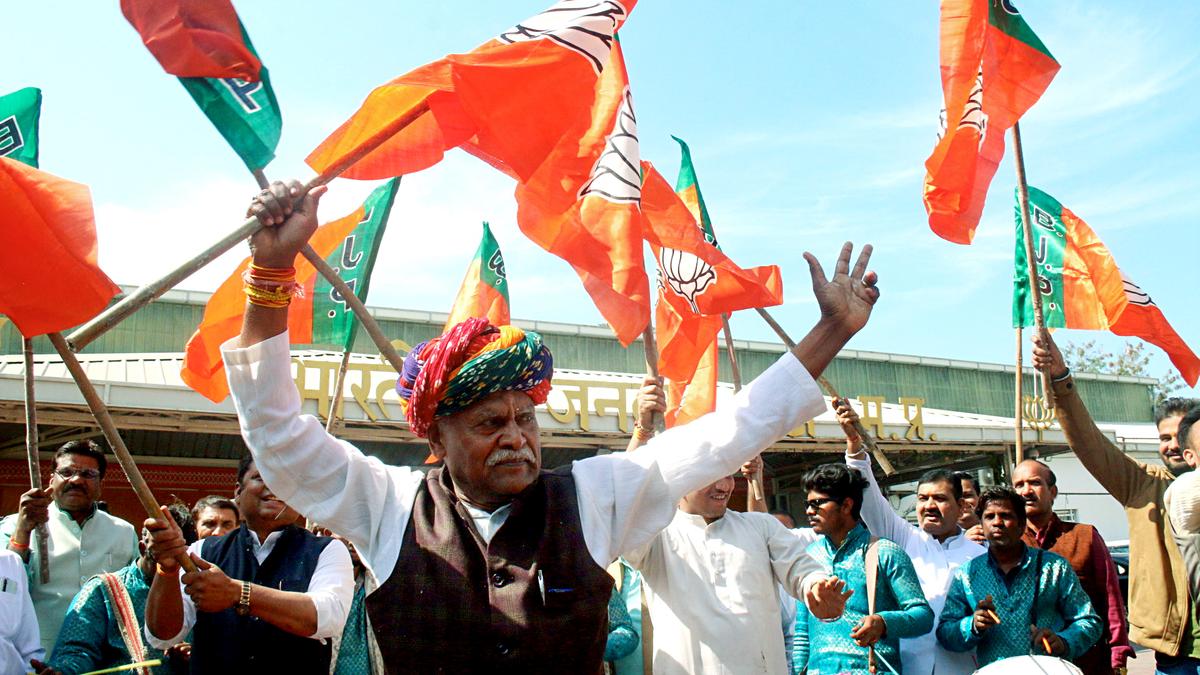
The perception shift against the AAP in the Delhi election
The Hindu
After enjoying 58.1% support in early January, the Aam Aadmi Party experienced a drastic fall.
The 2025 Delhi Assembly election was nothing short of a political turning point, reshaping the electoral landscape of India’s capital in ways few had anticipated. Data from Codemo and PeoplesPulse’s survey reveal major shifts in voter behaviour, gender-based voting patterns, and the underlying factors that influenced the outcome at the polls.
The survey was conducted over more than two months with a sample size of 30,000. Samples were collected from a telephone survey. Post-stratification, a statistical modelling technique was employed where a large poll sample was combined with Census data and analysed using multi-level regression to estimate voter preferences.
In the early days of campaigning, the Aam Aadmi Party (AAP) remained ahead of the Bharatiya Janata Party (BJP) in perception vote share (voters’ perception of which party would win), indicating that a larger section of voters believed it could return to power.
The AAP’s perception vote share surged in the initial days following the announcement of schemes such as the Mahila Samman Yojana and Sanjeevani Yojana, rising to 58.1% till January 1 (Chart 1). However, its fortunes started declining after the BJP’s campaign machinery was set in motion ahead of Prime Minister Narendra Modi’s first rally on January 5. From January 1, AAP’s perception vote share margin over the BJP dropped from +19.8% points to -11.8% points.
Chart 1 shows party-wise perception vote share trend (%)
Chart appears incomplete? Click to remove API mode
The AAP’s vote share peaked at 49.2% on January 1 and steadily declined thereafter, dropping to 40.5% by February 4. Meanwhile, the BJP and Congress improved their vote share by 4.7% points and 2.3% points respectively to reach 48.5% and 7% over the same period (Chart 2).













